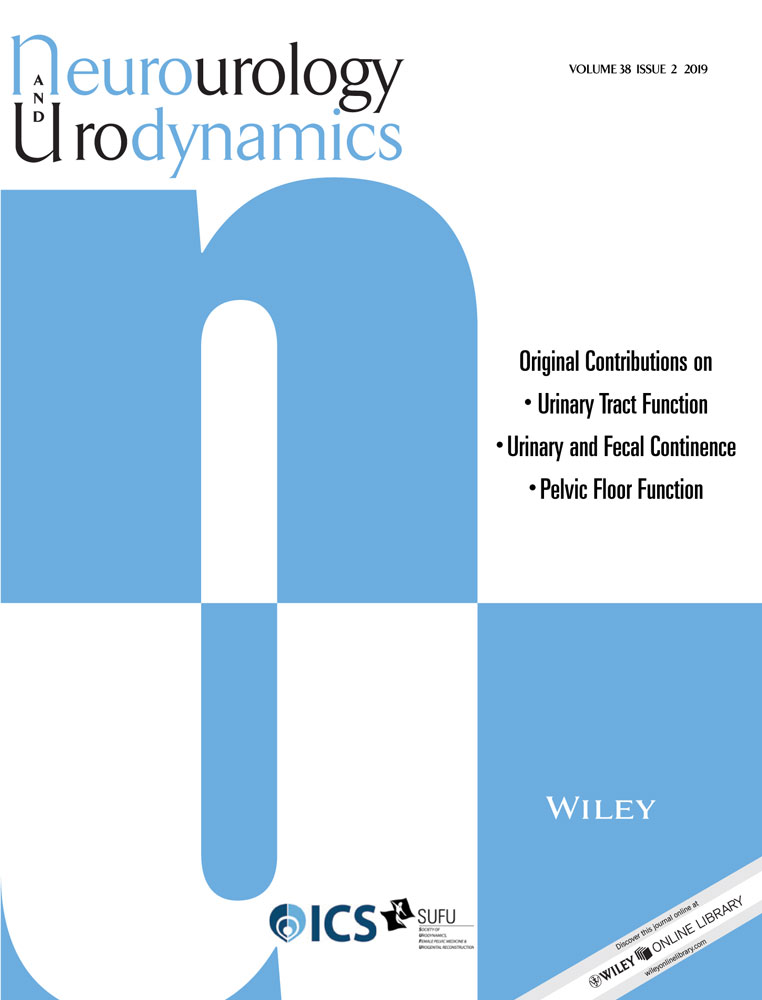A prospective, multicenter study of a novel, miniaturized rechargeable sacral neuromodulation system: 12-month results from the RELAX-OAB study
Abstract
Aims
Historically, providing SNM therapy required use of a non-rechargeable implantable pulse generator (IPG) with an average device lifespan of 4.4 years. Multiple device replacement surgeries are necessary with this device for long-term overactive bladder (OAB) management. A longer-lived device can reduce and potentially eliminate the need for replacement surgeries, thereby improving the long-term safety and cost-effectiveness of SNM therapy. The objective of this study was to evaluate the safety and efficacy of a miniaturized, rechargeable SNM system.
Methods
This prospective, multi-center study implanted 51 subjects with the SNM system in a single stage procedure without an external trial period. Subjects had overactive bladder as demonstrated on a 3-day voiding diary (≥8 voids/day and/or ≥2 incontinence episodes over 72-h). Outcome measures at 1-year follow-up included quality of life (evaluated by ICIQ-OABqol questionnaire), therapy responder rates (≥50% reduction in voids and/or leaks or <8 voids per day), subject satisfaction questionnaire, and adverse events (AEs).
Results
At 1-year, 94% of Test Responders continued to respond to r-SNM therapy based on bladder diary criteria. Subjects experienced significant improvement of 21.1 points on the ICIQ-OABqol. 84% of subjects were satisfied with r-SNM therapy and 98% found their charging experience acceptable. Device-related AEs occurred in 21% of subjects, with discomfort due to stimulation occurring in 20% of subjects. This AE was resolved with reprogramming in all instances.
Conclusions
The Axonics r-SNM System provides sustained clinically significant improvements in OAB subjects after 1-year. Subjects were satisfied with r-SNM therapy and reported an easy and acceptable recharging experience.




